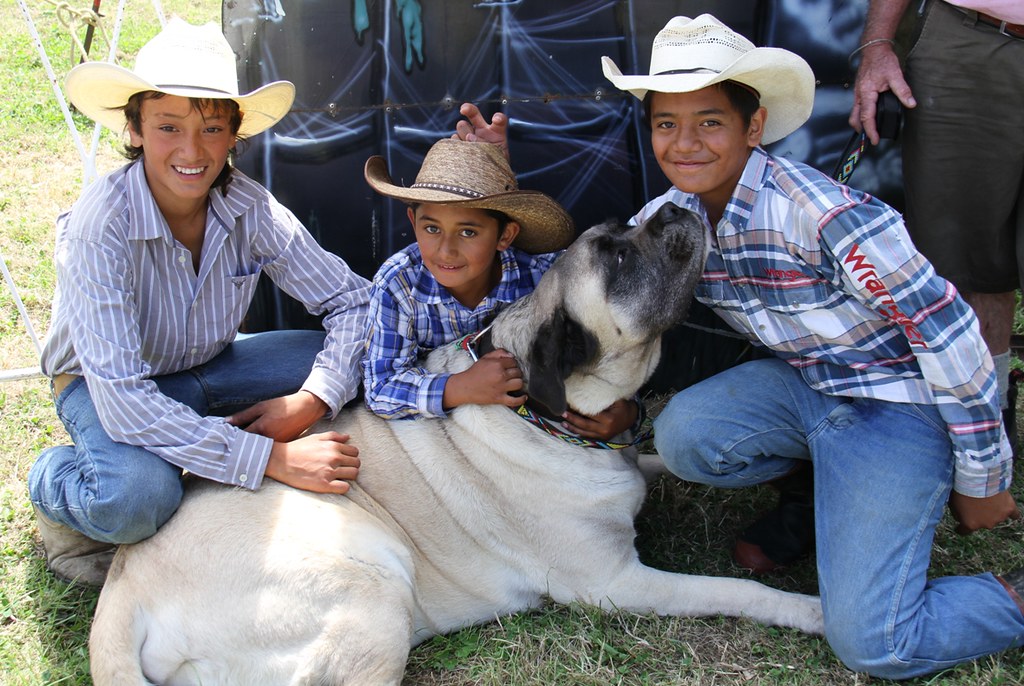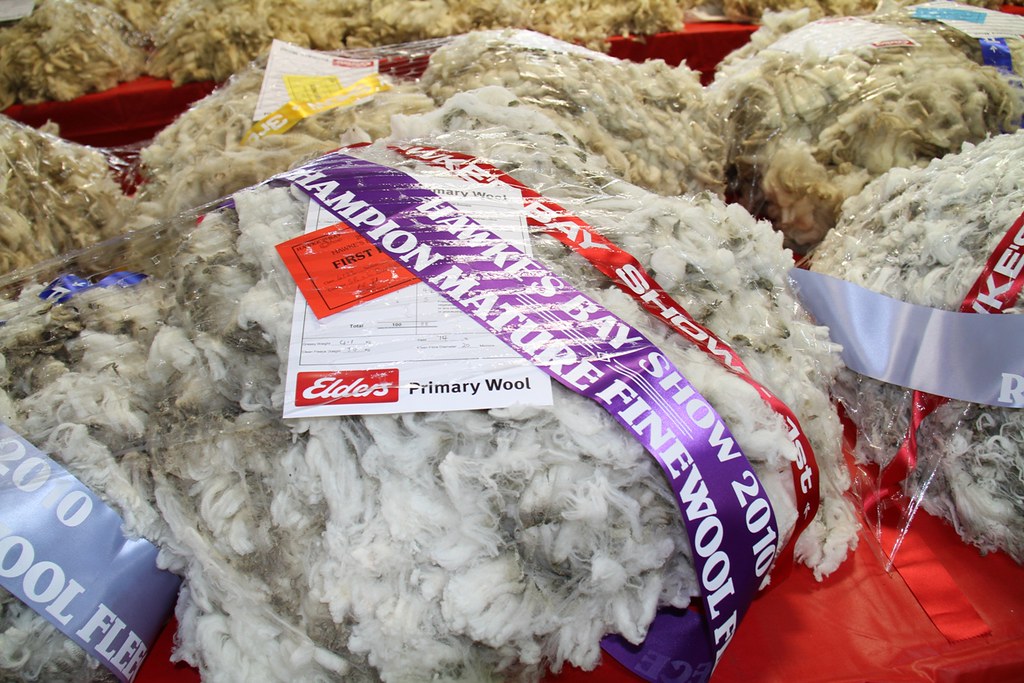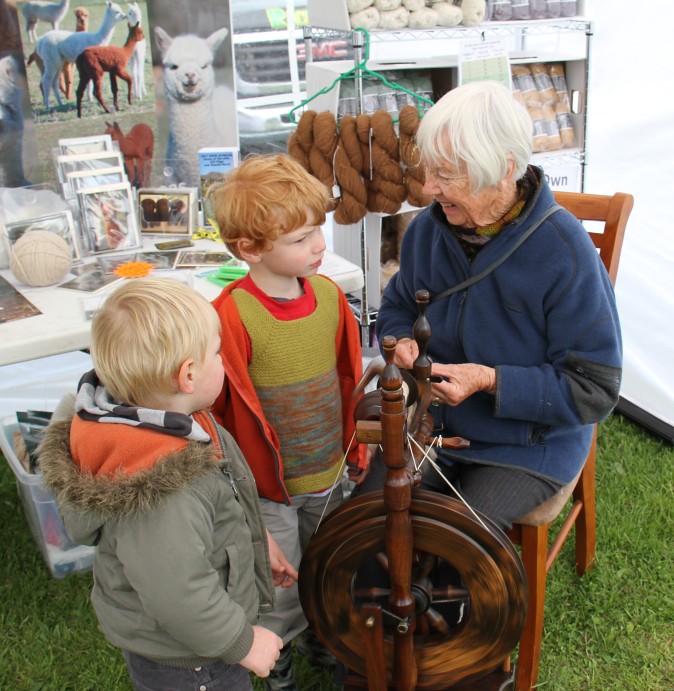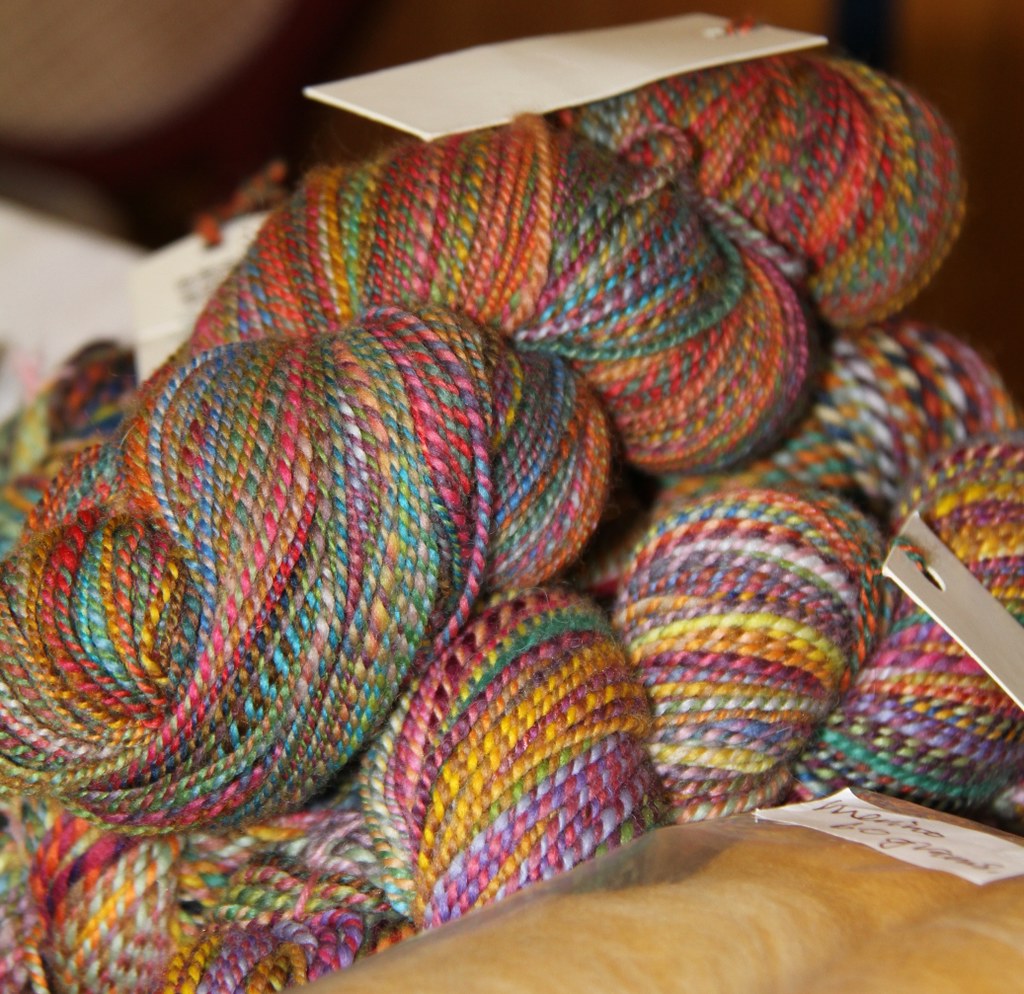 |
| Knitting garments for my Sensory Special child was a challenge. |
Have you ever been caught out knitting a garment for a child
only to find that all your hard work is left wallowing in the bottom draw
because the recipient just can cope wearing your lovely garment?
It’s disheartening. It’s frustrating. It’s hard to fathom
why.
 |
| As you can see from the face - we were not happy at modelling this cowl against our skin! |
Working in yarn retail and manufacturing I am always hearing
the comment back from knitters that they can’t knit for children because the
complain that the: yarn is scratchy, it’s too thick, too tight.
So why is it then some children wear hand knitted garments
with no fuss at all and others, even those in the same family, kick up enough
fuss that you’d think the world was about to end.
 |
| Looking much happier sporting one of my favourite 'go to' patterns |
The answer could be that these children have sensory issues
or if severe enough Sensory Processing Disorder. It is thought that as many as 1 in 20
children have SPD with a whopping 1 in 6 children experiencing sensory issues
that affect their day to day life.
Sensory
Processing Disorder can affect people in only one sense–for example, just touch
or just sight or just movement–or in multiple senses. One person with SPD may
over-respond to sensation and find clothing, physical contact, light, sound,
food, or other sensory input to be unbearable. Another might under-respond and
show little or no reaction to stimulation, even pain or extreme hot and cold.
In
children where clothing is concerned, they are the ones who have to have all
the tags removed, only cope with soft or well washed fabrics, and only tolerate
a few layers and just hate any outerwear touching the skin.
 |
| Milo ticked all the boxes - kept Louis warm, didn't touch his skin and could be customised to how he liked. |
So how do you knit for a sensory child?
I have a son who has SPD, along with Autism Spectrum
disorder and a few other goodies. He is
our first born, so as a knitting mother I was so excited to be able to knit for
him. These are the tricks and
tips I have learned along the way when knitting for him and his developing
conditions.
Step One – Pattern Selection
Choose
|
Avoid
|
Vests or knitted T-shirt
patterns
These keep the chest covered, but avoid contact with the neck or
wrists that can irritate SPD kids
|
Collars or features with
direct skin contact.
Sweaters with shawl collars look so cute but send a sensory child
crazy with irritation.
|
Smooth stitching, swap ribbing
for garter stitch.
Stocking stitch is safe, it’s smooth to wear and not to constrictive.
|
Textured or Aran stitches
The uneven texture of the stitching can feel like rough sandpaper for
the SPD child.
|
Finer gauge: Fingerling – Light Worsted
These produce a lighter fabric that is less constrictive to wear and
will regulate temperature better
|
Thicker gauge: Worsted – Super
Bulky
Feels too bulky or this to wear, especially if you have to add
another layer like a jacket in cooler climates.
|
Patterns worked in the round.
Top down, in the round vests are great. No seaming at all required. No sides seams
to irritate.
|
Patterns that require a lot of
seaming.
Side seams, added collars, complicated shoulder shaping all create
seams that can be highly irritating – best to avoid.
|
Step Two – Yarn Selection
Choose
|
Avoid
|
Lighter yarns: Fingerling up
to Lt Worsted (DK)
To create a lighter fabric for easier layering.
Produces a fabric that is lighter and easier to wear.
|
Thicker Yarns – from Worsted
onwards
Make it difficult to layer, especially in cooler or wetter climates.
|
Smooth plied yarns or yarn
with higher twist.
These yarns are less likely to pill, creating irritation
|
Single roving yarns.
These can pill very readily and these pills become quickly irritating
and distracting for SPD kids
|
Finer micron fibres – like
Merino or Alpaca and their blends
These yarns are soft to the touch and will breathe and regulate
temperature better than synthetics
|
Wrap yarns with effect binders
or fluffy/eyelash yarns.
Add texture to the yarn which can add irritation. Eyelash or yarns with binders also gives
sensory kids something to pick at and unravel.
|
Step Three – Be Brave
Don’t get put off if you get deterred first time
around. Older children often like the
tactile process of selecting their own yarns and are move likely to wear them
if they have input in the choice.
Also if you find a pattern and yarn that works; repeat,
repeat, and repeat!
























